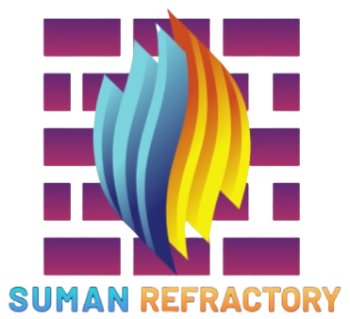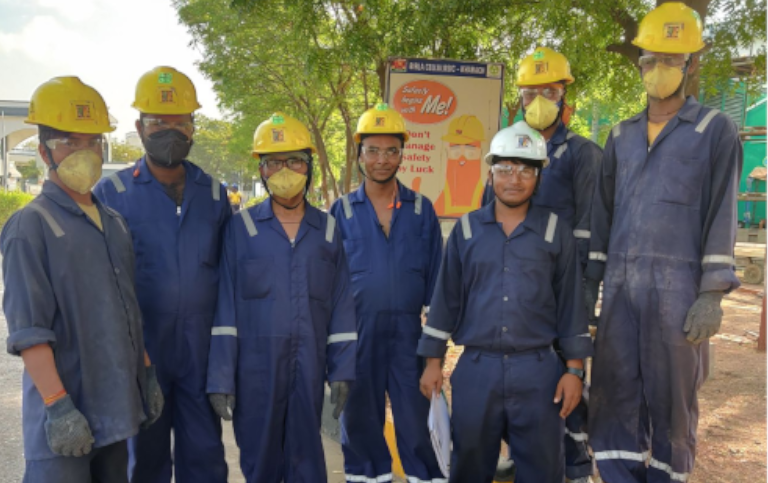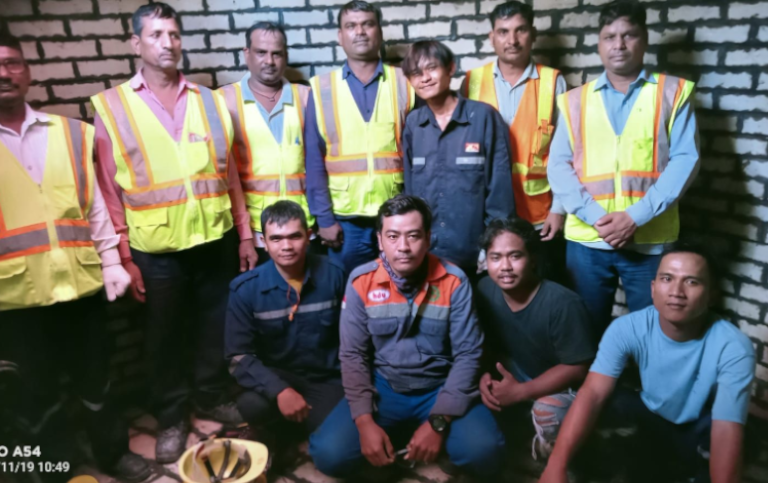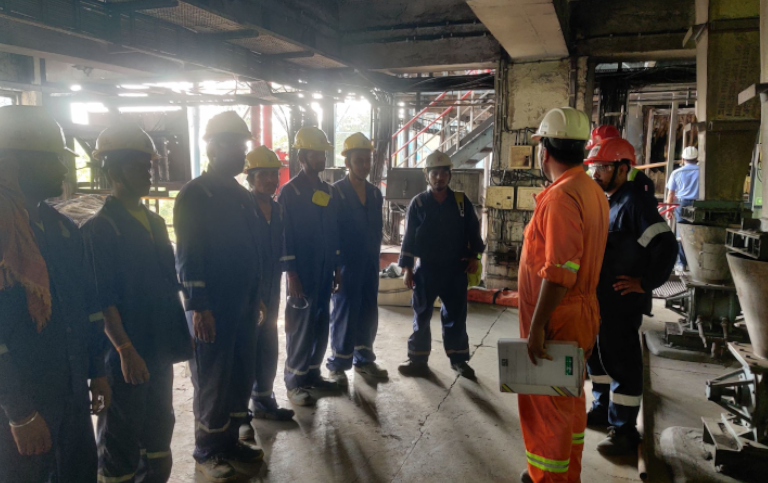Frequently Asked Questions
Yes, we do, Sizes – As per the requirements
and availability.
Yes , We do.
Yes , We do.
Acidic: Silica, Fireclay (resist
acidic
slags)
Basic: Magnesia, Dolomite (resist basic slags)
Neutral: Alumina, Chromite (resist both acidic and basic slags)
Basic: Magnesia, Dolomite (resist basic slags)
Neutral: Alumina, Chromite (resist both acidic and basic slags)
Operating temperature, chemical compatibility,
thermal shock resistance, mechanical stress,
application type, and furnace atmosphere.
operating temperature, heat loss, wear, process
needs, and structural insulation. Calculations
or simulations are often used.
Monolithic
refractory is supplied unshaped (castable, ramming masses) and
cast/applied in place.
Preferred for complex shapes, repairs, or speed.
Visual checks, thermography, hammer testing,
ultrasonic/acoustic tests, and commissioning
reports.
Thermal shock, chemical attack, mechanical wear,
installation errors, poor quality, expansion
issues.
They absorb thermal expansion to prevent
cracking or structural failure .
Instructed PPEs,
safe handling, dust protection, formwork use, proper heat-up.
CCS, porosity, bulk
density, thermal conductivity, PCE, chemical analysis
To prevent acid corrosion, leaks,
and structural damage.
Based on
chemical type/concentration, temperature, exposure duration, mechanical
load, and
standards.
Clean/dry surface, remove
dust/rust/grease, apply primer, repair defects.
Visual, spark testing, absorption test,
immersion test, adhesion test.
Cracks:
use joints. Delamination: clean surface. Porosity: proper mortar.
Chemical attack: correct
selection.
Humidity
slows curing, cold affects mortar. Drying and curing must be controlled.
Inspections, repairs, scheduled shutdowns,
chemical spill protection, thermal load
management.






